ARM Instrument Mentor Updates: Here’s to New Adventures
Published: 18 March 2021
Two longtime colleagues plot their retirement journeys, a new mentor joins the fold, and another’s lead mentorship becomes official
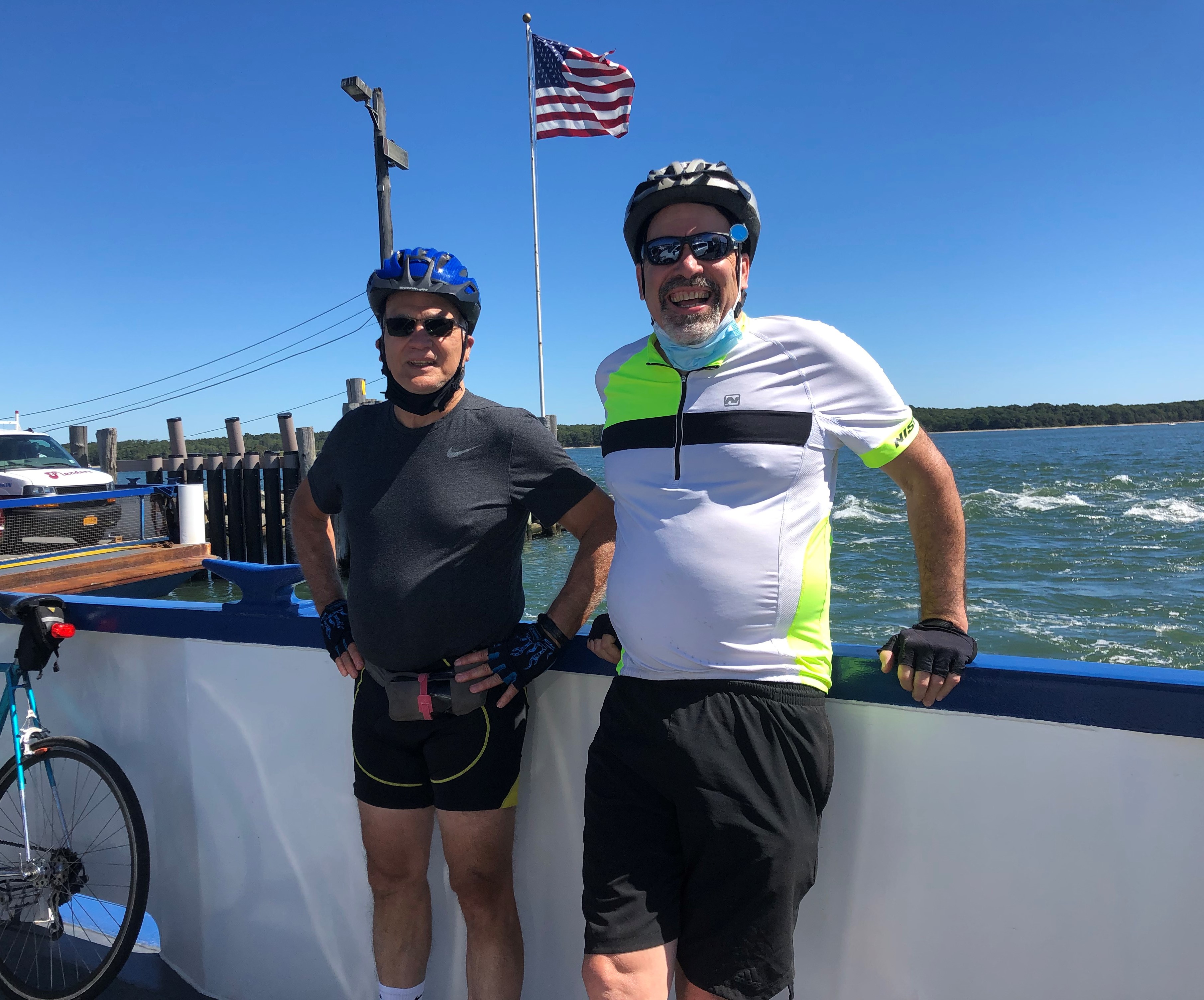
Say it ain’t so.
Stephen R. Springston, an atmospheric scientist at Brookhaven National Laboratory (BNL) in New York, will retire March 31, 2021. A chemist by training, he refers to the move as a “phase change,” as when matter transitions from one state to another.
Springston has worked at BNL since 1986, “an honor I can’t begin to fully describe,” he says in praise of colleagues, who include “scientists, technicians, staff, tradespeople, and local support.”
Who they all are, exactly, “would exhaust memory, notes, and photographs,” says Springston.
A large piece of his BNL career is connected to the Atmospheric Radiation Measurement (ARM) user facility. For more than a decade, he has been a lead instrument mentor—designated expert and manager—for the ARM Aerosol Observing Systems (AOS). He also oversees multiple other instrument systems.
For some perspective on Springston’s 35 years of service to science at BNL: Around 1986, he laid out $2,100 (more than $5,000 in today’s dollars) for an IBM computer.
The Essential Springston
Solemn and sonorous and articulate at decades of professional meetings, Springston initially planned on an April Fools’ Day retirement, a choice of dates he says would have been “poetic.”
Meanwhile, a few other things to know about him:
- Loves studying aerosols. These solid and liquid atmospheric particles profoundly affect cloud formation and climate. Springston describes his biggest professional success as designing, engineering, and building five AOS platforms robust enough to operate in all environmental conditions.
- Loves fieldwork. Springston is a veteran of ARM field campaigns in Alaska, Ascension Island, the Azores, California, Mexico, Norway, Oklahoma, and points in South America.
- Loves to tinker. See above. And note that his PhD (Indiana University, 1984) involved designing, fabricating, and testing a Slinky-like capillary system 100 meters (328 feet) long for his graduate work in capillary supercritical fluid chromatography.
- Loves data from airplanes. Springston describes his proudest ARM achievement as designing, engineering, and installing a new state-of-the-art trace gas system for the ARM Aerial Facility.
- Loves impactful science. “A personal dream fulfilled,” he says of his work, has brought “intense personal satisfaction from involvement with puzzles in atmospheric and measurement science, places visited, data patterns discovered, and seeing instrumentation operating in new ways.”
Parting Words, Future Ways
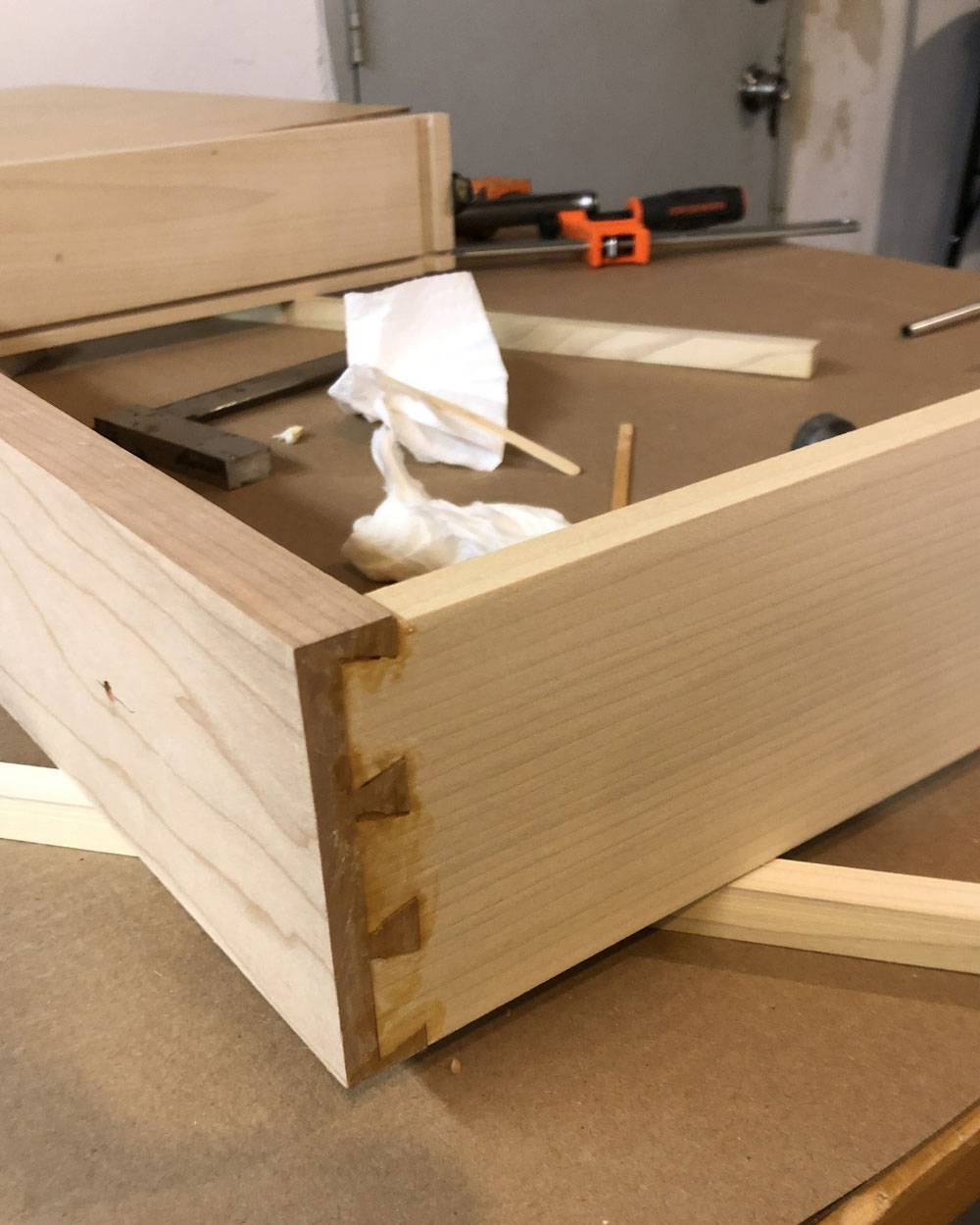
Sentimental about departing BNL?
Springston says, “I don’t do corny.”
Instead, he looks ahead to action.
“I have never stood still and don’t intend to,” says Springston. “My list of activities to come is lengthy and rich.”
First on the list is “spending time with family,” says the father of four. Then there are other plans.
“I have a list of furniture to make,” says Springston. “The sight of a well-trued dovetail joint is a thrill when it’s done right.”
He and wife Beth, a schoolteacher who retires in summer 2021, will travel to the Rocky Mountains for what he calls her “first day of school as a retiree.”
Springston refers to former BNL colleague Tom Watson, who retired in February 2021, as the pair’s “retirement trailblazer.” Watson was ARM’s lead mentor for the aerosol chemical speciation monitor (ACSM).
(Read more about Watson below.)
The two chemists will team up for some two-wheeled adventuring.
“(We) have regular bike rides to attend to,” says Springston, and “a couple more century (100-mile) rides in the planning.”
‘I Don’t Intend to Disappear’
Then there is what Springston describes as “interstitial space,” as when (in chemistry terms) an ion or atom inhabits a niche within the lattices of a crystal. For the new retiree, that means “there will be time for an occasional glass on the back porch,” he says, “and a smile at all the DQRs (Data Quality Reports) I don’t have to write.”
Meanwhile, Springston intends to open up “new possibilities … in exciting ways.” Included are being accessible to BNL for his institutional memory and “to keep fresh on the latest ARM accomplishments,” he says. “I don’t intend to disappear.”
A successor will be named for Springston’s ARM position shortly.
Learn more about Springston and his life, education, and work in this earlier scientist profile on the ARM website.
Farewell to Watson; New Mentor Steps In
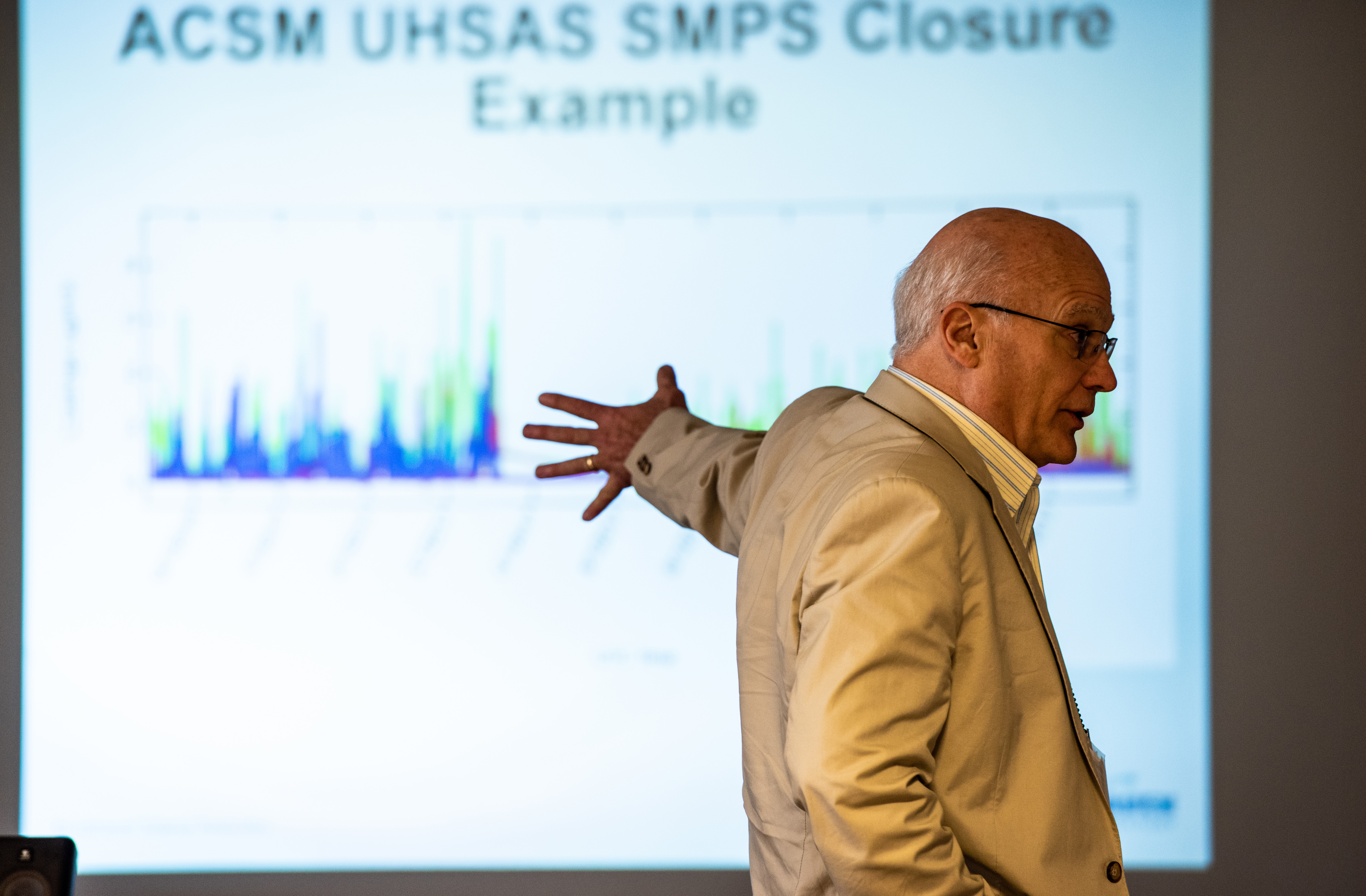
Another longtime member of the BNL team that oversees the AOS, and instruments installed within, has also retired. Watson was the lead mentor of the ACSM from 2013 to 2021 and joins Springston in retirement plans—literally.
From 2012 to 2017, Watson was the lead mentor for the particle-into-liquid sampler and proton transfer reaction mass spectrometer, AOS instruments that ARM no longer operates.
As the ACSM mentor, Watson worked to increase user confidence in the instrument data and conformance of the datastream to ARM requirements. An ACSM measures half-hour average mass concentrations of the organic, sulfate, nitrate, ammonium, and chloride content in atmospheric aerosols.
Watson was the lead author of two ACSM users meeting reports released in June 2018 and July 2020. He and other ARM and Atmospheric System Research (ASR) representatives met with key figures from the ACSM manufacturer to determine best practices for ACSM operation and data collection and processing.
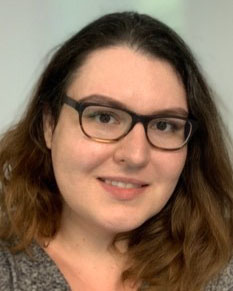
Before retiring, Watson handed off the ACSM lead mentorship to BNL colleague Maria Zawadowicz.
Since September 2020, Zawadowicz has been an assistant environmental scientist in BNL’s Environmental and Climate Sciences Department. She came to BNL from Pacific Northwest National Laboratory in Washington state, where she was a postdoctoral research associate since 2017.
Zawadowicz participated in ARM’s Aerosol and Cloud Experiments in the Eastern North Atlantic (ACE-ENA) field campaign, a ground- and air-based effort in summer 2017 and winter 2018. She co-authored a January 2021 paper in Nature Communications on the discovery of new particle formation from trace gases over the open ocean—a process uncovered using ACE-ENA data.
ARM welcomes Zawadowicz in her new role.
Lead Lidar Mentorship Made Official
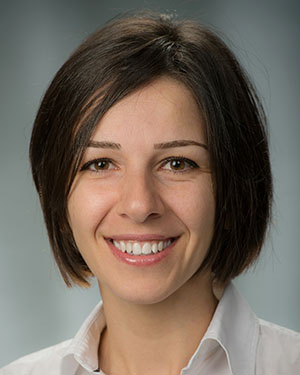
In other mentor news, Paytsar Muradyan of Argonne National Laboratory in Illinois officially became ARM’s lead mentor for micropulse lidars (MPLs) in October 2020 after serving as the interim lead. She is also ARM’s lead mentor for the Sonic Detection and Ranging (sodar) and radar wind profilers—roles she assumed about 2½ years ago.
Muradyan started with ARM as an assistant mentor for the sodar and radar wind profilers after joining Argonne as a postdoctoral associate in June 2015, then began helping with the MPLs in 2016. She developed an algorithm for the four radar wind profilers at ARM’s Southern Great Plains atmospheric observatory that led to better wind definition and higher time resolution of vertical sampling during precipitation.
Muradyan is now an assistant atmospheric scientist in Argonne’s Environmental Science Division. Her research interests include atmospheric remote sensing, investigating the planetary boundary layer—the lowest layer of Earth’s atmosphere—and using wind profilers in atmospheric research. She is also a member of ARM’s Cloud and Precipitation Measurements and Science Group, a constituent group that aims to strengthen the science impact of ARM’s cloud and precipitation measurements.
Keep up with the Atmospheric Observer
Updates on ARM news, events, and opportunities delivered to your inbox
ARM User Profile
ARM welcomes users from all institutions and nations. A free ARM user account is needed to access ARM data.


















